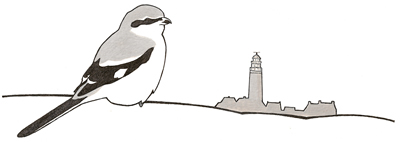Most females of the Spotted Redshank have left their arctic breeding areas in the second half of June. The males and young birds follow weeks later. On Texel you can see these beautiful waders often in the surroundings of 'de Bol' and Utopia. At low tide, they feed on the tidal flats at the Schorren near Utopia in the north east part of the island.
A vagrant from this family is the Lesser Yellowlegs. This North American breeding bird was observed in the Slufter at 'Het Diepe Gat' on 21 and 22 June. It is the fifth record of this species on Texel.
Zwarte Ruiters / Spotted Redshanks Tringa erythropus, ad in zomerkleed /summer plumage, Oosterend, Texel, 26 juni 2017
Kleine Geelpootruiter / Lesser Yellowlegs Tringa flavipes, Slufter, Texel, 22 juni 2017




























